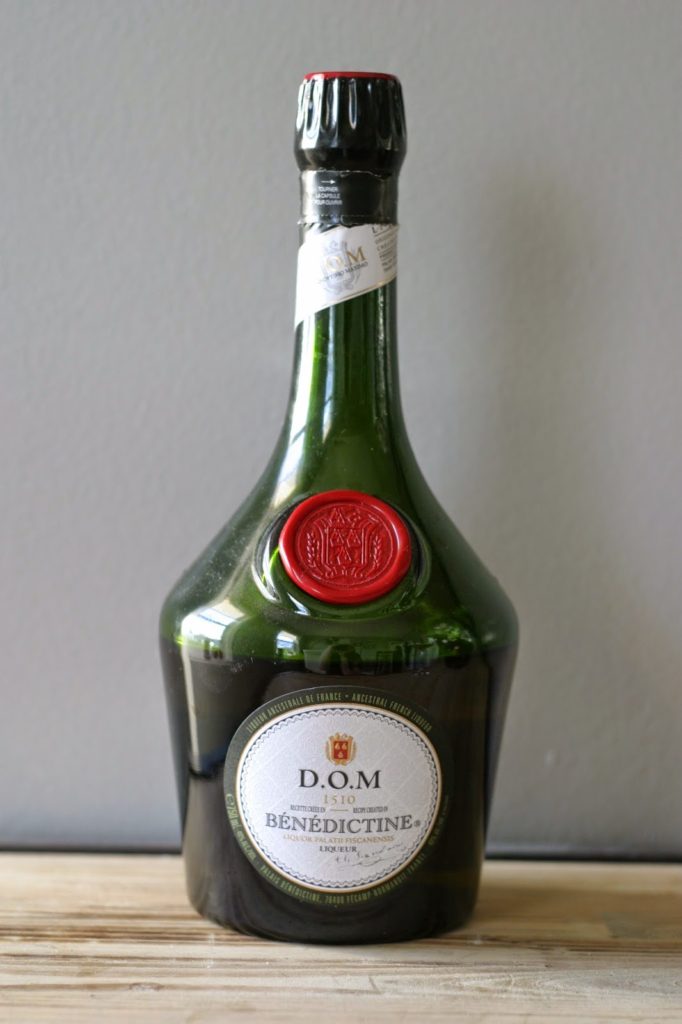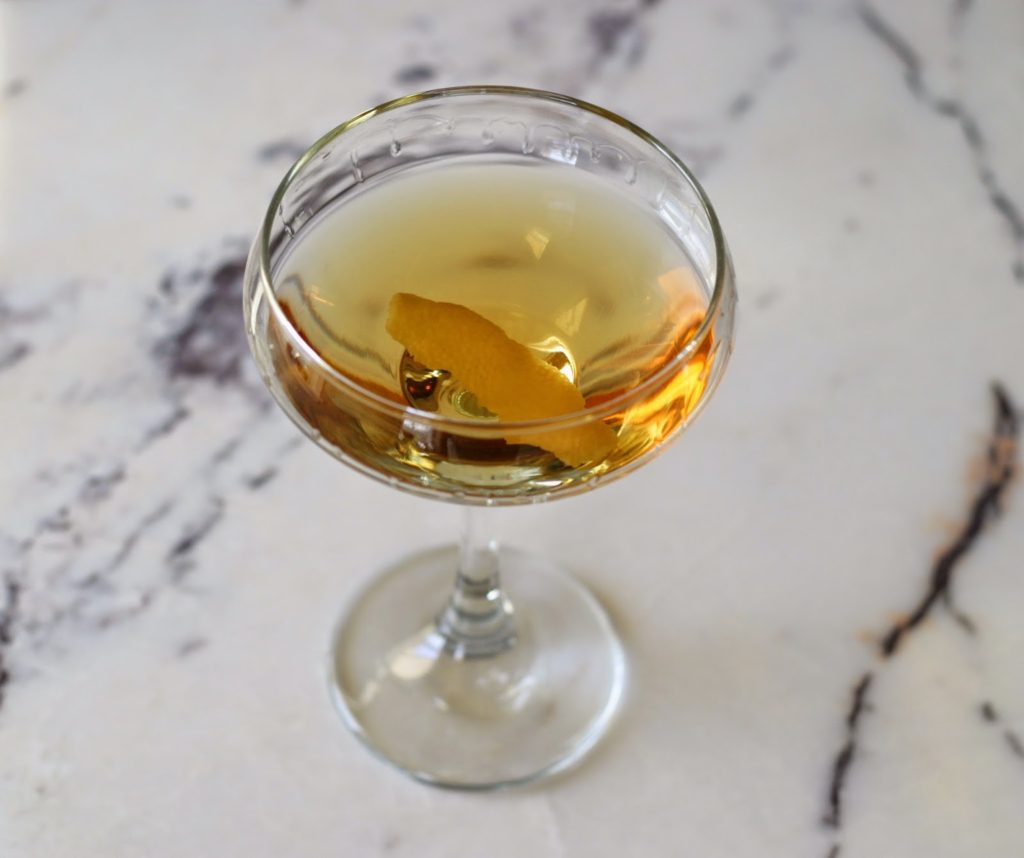I’m back! And ready for some cocktails. I mostly stuck to beer on my trip to the UK, but I did learn a thing or two. First of all, most beer in pubs is cask ale. Rather than being served from a pressurized keg as most beer is in the US, it is “pulled” with a hand pump, a longer and more involved process. It is served much warmer than draught beer and is less carbonated. I drank it for the first week or so, figuring “when in Rome,” but I’d prefer a crisp, cold, fizzy beer any day. Eventually I gave up and started going for foreign draught beers or the occasional “American-style IPA.”
It also turns out that unless you want a Guinness, stouts and porters are basically nonexistant at most bars. I always figured England would be full of them. I guess it’s an Irish thing?
I did imbibe the occasional G&T, and tried one new gin, Adnams Copper House, which had a really interesting flavor. And of course I tried a good amount of Scotch in Edinburgh, though I didn’t get to visit a distillery. I’ve got a list of a few to look for here in the States to see if they still taste as good after a long day at work vs. a long day of touring Medieval castles.
And that’s about as good a segway as any I’m going to get into this week’s Bottle Buy, Benedictine, which supposedly dates back to the Middle Ages. To me, it was a mysterious spirit that kept popping up in recipes that otherwise sounded very good. Once I had amassed enough of them, I decided it was time to buy a bottle. I’ve been surprised by how often I use it.
Benedictine is a sweet, herbal, cognac-based liquor. Like many other popular and venerable products, its exact formula is kept carefully secret. It contains 27 different herbs and spices, the main flavors being angelica, hyssop, and lemon balm. The popular story of its creation, as told on the product’s website and implied by the date printed on the bottle, is that Benedictine was created by a monk named Dom Bernardo Vincelli in 1510, but the recipe was lost during the French Revolution. It was rediscovered by a chemist named Alexander Le Grande in 1863 when he was going through some old family documents. He decided to market the recipe as Benedictine. But a lot of folks think this story was entirely made up by Le Grande to help him sell booze, and that he formulated the recipe himself.
The Benedictine bottle bears the distinctive red-wax seal of the Abbey of Fecamp and the initials D.O.M., standing for Deo Optimo Maximo (“To God, most good, most great”), a motto of the Benedictine Order. Twelve years of Catholic school taught me that the more commonly used Benedictine motto is Ora et Labora, “Prayer and Work,” but I guess that doesn’t work quite as well on a bottle of booze.
Benedictine
Price: $35
Alcohol content: 40%
Popular cocktails: Vieux Carre, B&B, Singapore Sling
The Frisco is all about Benedictine. This recipe adds nothing but rye, putting the sweet and strong herbal notes of the liquor front and center. It’s a perfect introduction to a spirit that plays a background role in a lot of cocktails. There are other versions of this cocktail that include lemon juice, apparently a later addition and something I need to try. But I like the simplicity of this one. And it comes from The PDT Cocktail Book by Jim Meehan, so it’s hard to argue with.
History: The Frisco first appears in William Boothby’s World Drinks and How to Mix Them in 1930. Meehan credits Boothby with the recipe below, so it may be the original. But I don’t know where it came from, and I’m not sure anyone else does, either. Apparently it never took off because of its name. Around the turn of the century, the nickname “Frisco” for the city of San Francisco became so over-used that it began to irk its residents, to the point where at least one “Anti-Frisco” committee was founded.
Frisco
2 oz. rye
1/2 oz. Benedictine
Combine ingredients in a mixing glass with ice and stir until chilled. Strain into a cocktail or coupe glass. Garnish with a lemon twist.
Recipe from The PDT Cocktail Book.








One thought on “Bottle Buy: Benedictine”